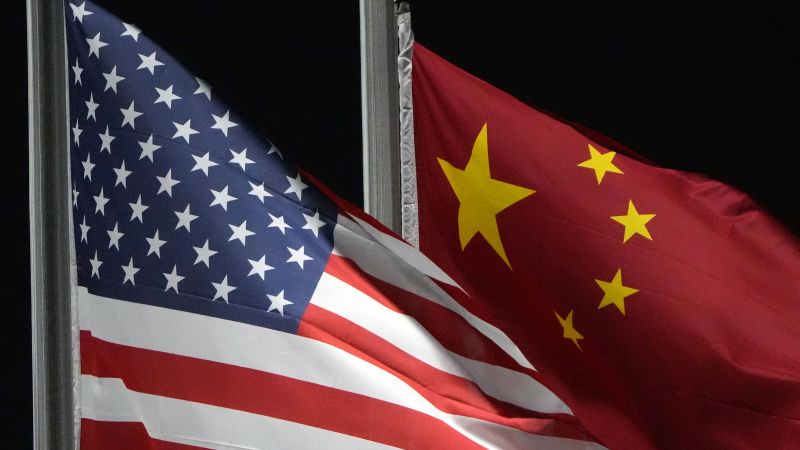[The Chinese government has condemned the United States’ introduction of fresh export controls on US-made semiconductors, which Washington fears Beijing could use to make the next generation of weapons and artificial intelligence (AI) systems. The new measures have raised the political temperature between the world’s top two economies ahead of the imminent inauguration of President-elect Donald Trump.
The US Commerce Ministry recently announced curbs on the sale of two dozen types of semiconductor-making equipment and restrictions on numerous Chinese companies from accessing American technology, in an effort to slow China’s development of advanced AI tools that can be used in war and to undercut the country’s homegrown semiconductor industry, which threatens the national security of the US and its allies.
China’s Commerce Ministry accused the US of “abuse” of export controls and posing “a significant threat” to the stability of global industrial and supply chains, calling Washington’s actions “excessive and arbitrary.” In response, China banned the sale of materials crucial for the production of semiconductors and electric vehicle batteries to the US, including gallium, germanium, antimony, and other “super hard” materials. These materials are used in semiconductor manufacturing and could be diverted to military applications, according to the ministry.
The race for an edge in military technology has shaped US-China relations, with the US concerned about a potential Chinese invasion of Taiwan in the coming years. China has also been accused of stealing American-made AI software, which Beijing denies.
The new US export controls, which include restrictions on the sale of high-bandwidth memory chips, critical for high-end applications such as generative AI training, and fresh software and technology controls, are the third round of export restrictions imposed on Beijing by the Biden administration in as many years. The move is seen as a significant blow to China’s efforts to become a tech superpower, as it will limit the country’s access to advanced technology and intellectual property.
Source link

